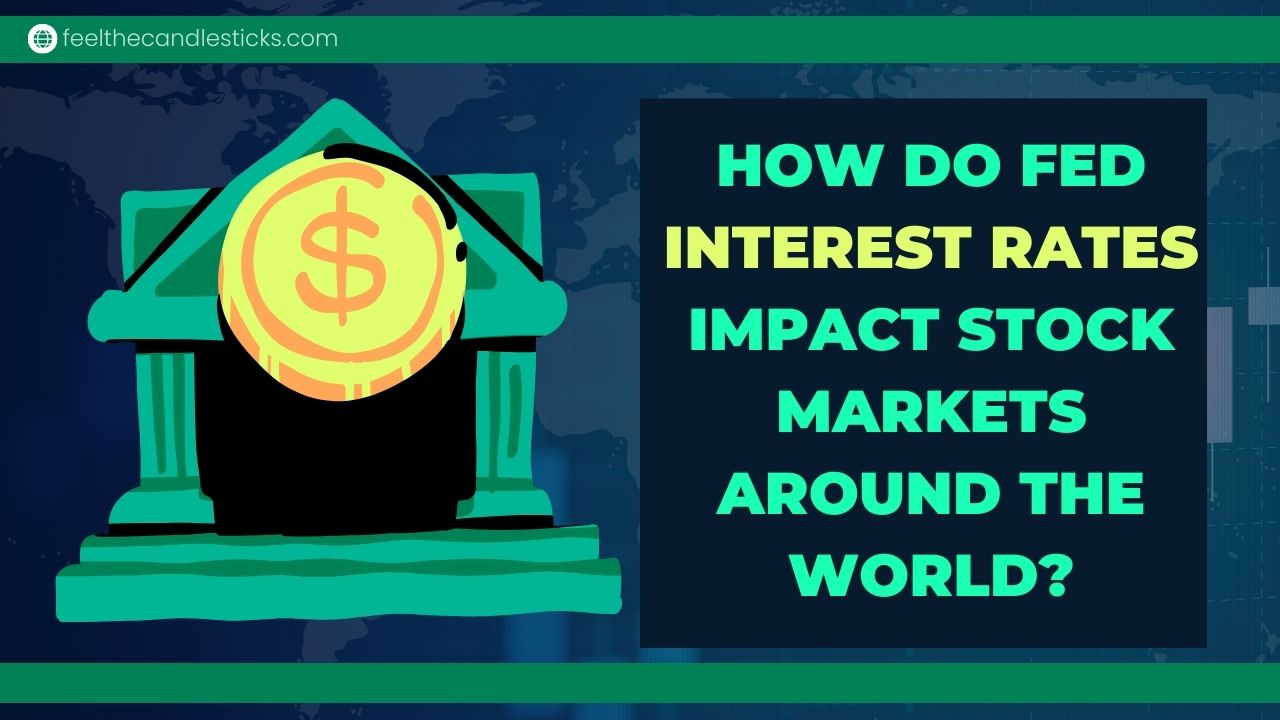This article will break down inflation and interest rates in a simple way so you never have to look for explanations again.
Table of Contents
What Is Inflation?
Inflation is the rise in prices of goods and services over time. When inflation happens, each dollar you have buys less than it did before. That is why a cup of coffee or a movie ticket costs more today than it did ten years ago.
There are a few reasons why inflation happens.
- People may have more money to spend, so demand goes up and sellers charge higher prices.
- It may cost businesses more to make products, such as higher wages or raw materials, so they pass those costs on to you.
- Shortages or conflicts can make certain products harder to find, driving prices higher.
- Governments or central banks might add too much money to the economy, reducing the value of each dollar.
In simple words, inflation means things get more expensive, and the value of your money goes down.
What Are Interest Rates?
Interest, in simple terms, is the money charged over money. When you borrow, you pay interest; when you save, you earn interest. But here, we are talking specifically about the Federal Reserve’s interest rate.
The Federal Reserve, or the Fed, is the central bank of the United States and one of the most closely followed financial institutions in the world. The Fed charges interest on the money it lends to banks. That interest rate is the foundation for almost every other rate in the financial system — from home loans to car loans and even business financing.
When you hear about the fuss over “interest rates” in the news, it usually means whether the Fed will increase or decrease this key rate. Because banks build their own rates on top of it, any change by the Fed affects the cost of borrowing and the return on savings across the entire economy.
How Do Interest Rates and Inflation Connect?
Interest rates and inflation work together like a thermostat controls temperature.
When inflation is too high and prices are rising too quickly, the central bank raises interest rates. Higher rates make loans more expensive, so people and businesses borrow and spend less, which can help cool down price increases.
When inflation is too low or the economy is struggling, the central bank lowers interest rates. This makes loans cheaper, encouraging people to spend and invest, which supports jobs and helps the economy grow.
You can think of interest rates as the gas pedal and brake of the economy, and inflation as how hot the engine is running.
How Do Federal Reserve Interest Rates Impact Stock Markets Around the World?
The U.S. Federal Reserve’s interest rate decisions affect stock markets around the world, not just in the United States. This happens because the U.S. dollar is the world’s reserve currency, and many countries trade and borrow in dollars.
When the Federal Reserve raises rates, the dollar often gets stronger. That can pull money away from other countries and their stock markets because investors look for safer returns in the U.S. Higher U.S. rates also mean higher borrowing costs for countries and businesses worldwide that have dollar-based debt.
As a result, global stock markets often react sharply. When rates go up, stock markets may fall because companies face higher borrowing costs and growth may slow down. When rates go down, stocks often rise because it becomes easier for businesses to borrow, invest, and grow.
In other words, a single decision by the Federal Reserve can send ripples through financial markets all over the world.
Why Does This Matter for You?
Interest rates and inflation affect your daily life in many ways.
- Your home loan or car loan payments can change based on interest rates.
- Your bank savings can earn more or less interest depending on rates.
- The prices of groceries, fuel, and everyday goods are shaped by inflation.
- Businesses hire and grow based on how affordable borrowing is.
The Big Picture
Central banks try to keep inflation steady, usually around two percent per year, so prices remain predictable and people can plan ahead. Their most important tool to manage this balance is interest rates.
If inflation gets out of control, they raise rates to slow it down. If the economy is weak, they lower rates to boost activity.
In short, inflation is about prices rising, and interest rates are the tool to control how fast or slow that happens.

